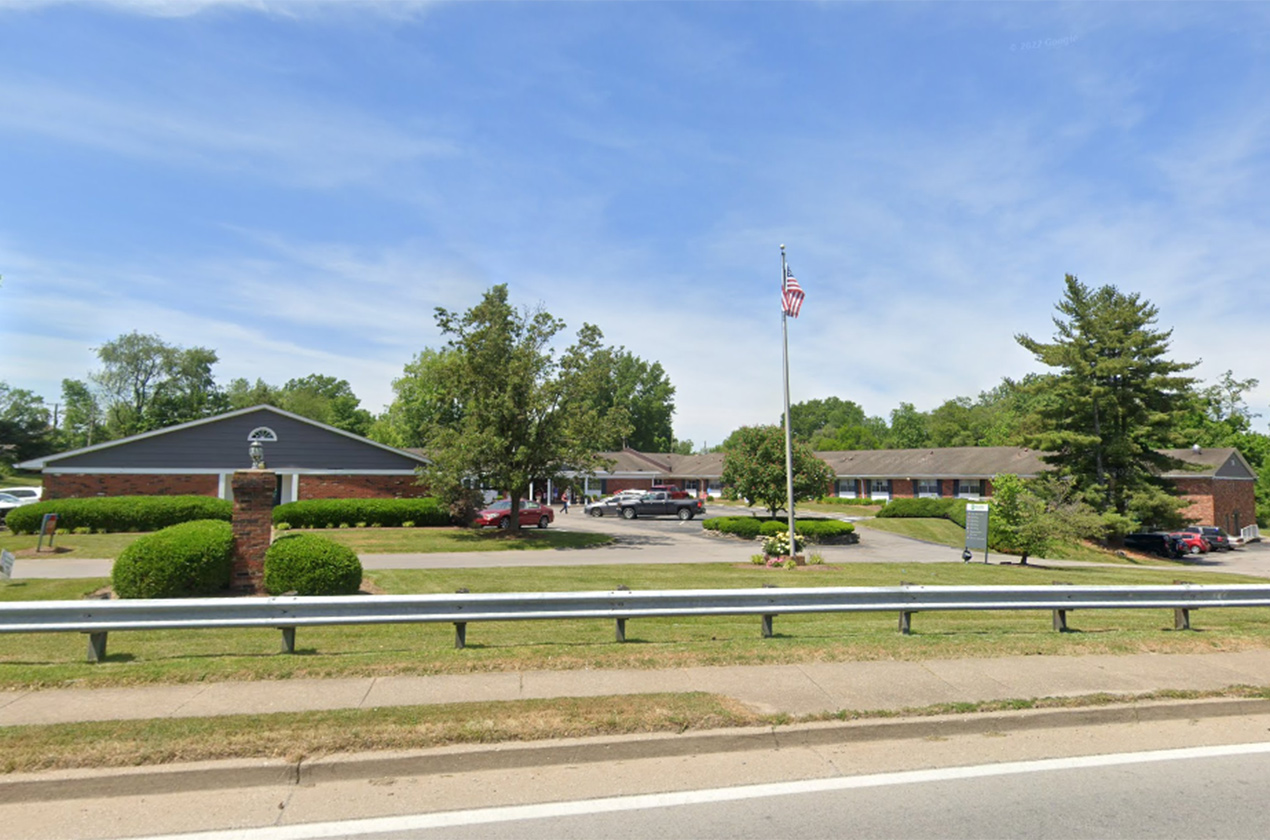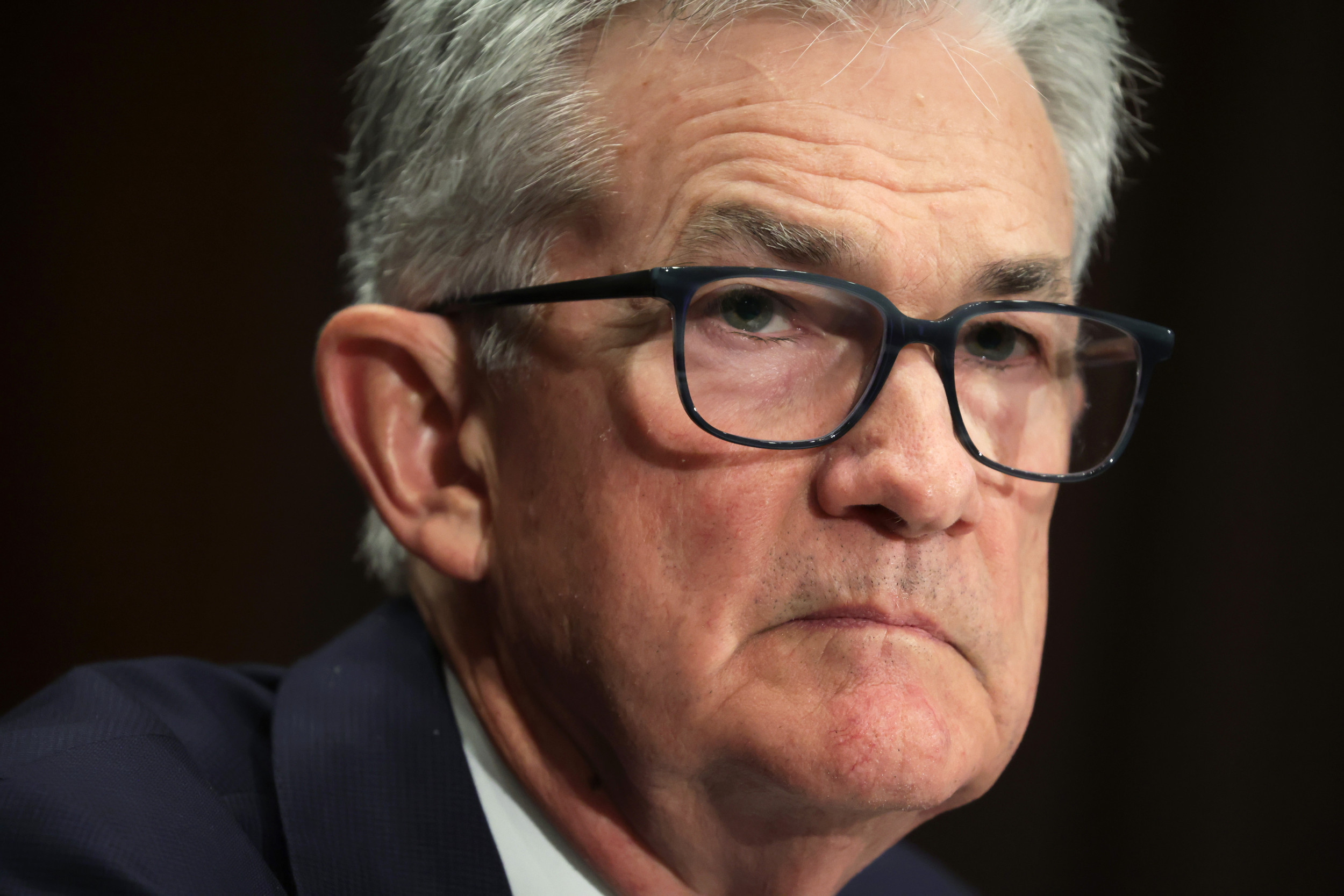The Ukrainian summer counteroffensive is not going as successfully as Kiev had hoped, with forces attempting to find weaknesses in the Russian military's restrengthened line of defense along the vast border separating the countries.
Ukrainian fighters began the counterattack one month ago today, participating in some 25 battles over the course of a day along the eastern and southern borders, as well as near Bilohorivka in the Luhansk region, liberating a handful of villages at that juncture.
Compared to the previous counteroffensive September 6 to October 2, during which Ukraine retook over 500 settlements and more than 4,600 square miles of territory, this current one is an exhibit of stalled progress described by Ukrainian President Volodymyr Zelensky as "slower than desired."
Between the spring and early summer, Russian forces were able to ready themselves and fortify their border positions along that 600-mile front while the Ukrainian military took time to plan its next punches. It has allowed Russia to push back and make its own gains along the front.
Newsweek has reached out to the Ukrainian and Russian defense ministries via email on Monday for comment.
Retired U.S. Brigadier General Mark Kimmit told The Wall Street Journal that "there hasn't been a significant amount of progress" for Ukrainian forces as they try to "figure out the soft spots" along the front.
Bakhmut remains a high military priority for both sides, Kimmit said, due to a successful Ukrainian push possibly allowing forces to trace a path directly toward the Russian border.
Zaporizhzhia and Berdyansk are also pivotal, he said, notably the former due to it being home to a nuclear power plant.

Ukrainian Ground Forces Commander Colonel General Oleksandr Syrskyi said that Ukrainian forces successfully continue to advance in the Bakhmut direction and with operations in the Berdyansk and Melitopol areas, according to a July 9 assessment by the Institute for the Study of War (ISW), a think tank based in Washington, D.C.
Two days earlier, Ukrainian Deputy Defense Minister Hanna Malyar reported that Ukrainian forces advanced more than 1 kilometer on Bakhmut's southern flank. Russian sources said Ukraine also attacked in the western Donetsk and western Zaporizhzhia oblasts.
While those advances have been attempted, Russian Ministry of Defense and Kremlin-affiliated military bloggers, or milbloggers, have claimed Ukrainian attacks in western Zaporizhzhia Oblast—conducted by forces stationed as part of small groups that are targeting rear Russian positions, warehouses and infrastructure.
An interactive map published by ISW shows Russia actually seizing control of more areas than Ukraine during the current fighting, including major regions such as the Donetsk Oblast, Mariupol and Kherson—the latter of which has been a combat hotbed.
(4/5) Around Bakhmut, the defence is now largely formed around airborne regiments normally stationed in western Russia, who normally act as an elite rapid reaction force in case of tensions with NATO.
— Ministry of Defence 🇬🇧 (@DefenceHQ) July 6, 2023
The UK Ministry of Defence reported on July 6 that Russia's defenses around Bakhmut are "now largely formed around airborne regiments normally stationed in western Russia, who normally act as an elite rapid reaction force in case of tensions with NATO."








